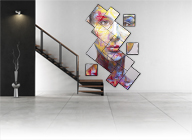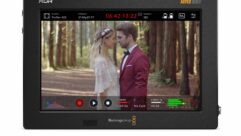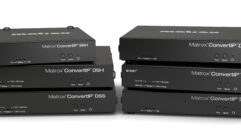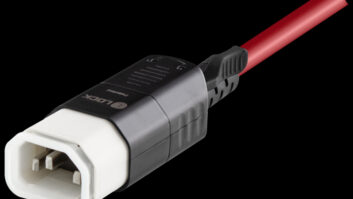
Video walls are arrays of high quality commercial or professional grade displays placed together to create a larger screen allowing synchronized content to play across them. Video walls can be of almost any size and can have a wide variety of configurations and applications.
Deploying a video wall can be an overwhelming experience, to make sure your video wall deployment goes smoothly, here is a list of 10 tips to getting a stunning video wall assembled.
1. Intended Impact
Clearly establish the business use of the video wall, and know how you want to engage with and impact the end-user. This will provide insights into what video wall solution you need and how to satisfy your requirements without blowing up the budget. Don’t even get started until without being clear on this vital question.
2. Know your Space
Before investing in any solution, consider all the environmental factors: location (indoor/outdoor), how much ambient light will there be, sightlines to ensure it’s visible and will look good from multiple angles, access for maintenance, and of course the physical dimensions.
3. Size of Space, Size of Displays
Think about the space you want to use and consider the number of displays as well as size of those displays. You’ll find various video wall size calculators online. Keep in mind the larger displays you use the fewer bezel lines you’ll have but the more you’ll pay.
4. Content (Part 1)
People say content is king for good reason. A video wall can be big and bold but without content it’s not much use. Ensure that your content matches the aspect ratio of the video wall and ensure you’ve got a solution that upscales content if your source content is not maximizing the resolution of your displays. For example 4k content on a 3×3 video wall will mean the displays are only playing 720p unless either at the display or the video wall controller an upscaling algorithm is adding in additional pixels to ensure the display is playing at full HD. Userful does this by using advanced scaling algorithms to give users the option to have every display playing at full HD resolution.
5. Content (Part 2)
Yes, content is so important it gets two entries in our list. Do you want still images, Low-res / High-res videos, 4k or even 8k content; HTML5 applications, 3D graphics. Do you need interactivity, content scheduling, zones within the video wall or multi-window configurations for multiple content sources displayed simultaneously. Consider all the possible content requirements up front. Regardless of what content you want to put on the video wall today, choose a solution with flexibility. You may want larger content or higher resolution content or different video wall features in the future. Video walls are a big investment, you don’t want to install one to find out it won’t support a need that crops up next year. Userful as an example allows customers to leverage the power of a single computer to provide content of up to 8k on up to 100 displays and split the video wall into zones or multi window configurations. While you might not have needs like that today, it’s good to have a solution capable of much higher resolution and performance to ensure you have options in the future.
6. Which Displays to Use
Commercial displays offer zero or low bezel builds with better brightness and longer life. A consumer TV offers a lower cost but they are not designed for digital signage or for video wall use. Userful’s video wall solution will work with any display, allowing customers to choose based on budget and needs.
7. Components
Video walls require a variety of components—including displays, media players, cabling, display mounts, etc—that need to be properly installed. Ensure your RFP or purchase list has every component required.
8. Video Wall Calibration
If not properly calibrated, a video wall can actually generate a negative impact on the end-users, defeating the purpose of it, and ultimately affecting the business. Choose a video wall with a simple calibration tool because if it’s not easy to do, should you ever need to recalibrate or replace a display, it could result in a nightmare. Troubleshooting, maintenance and updates are always expected, as with any technology solution, so a solution that minimizes these expenses will always be the smarter choice.
9. Can you run it yourself?
Of course you can, if you choose the right solution from the start. Keep in mind your total cost of ownership. If your solution requires highly-trained personnel or specialized skills to set it up or run it, you’re unnecessarily burdening yourself with extra labor costs and a higher total cost of ownership. For a solution to be great, it doesn’t have to be complicated.
10. What does your future look like?
Upfront consider where you’re going to be in five and even ten years. Video walls can be a substantial investment. What happens with your video wall solution when there is a need to upgrade it to accommodate the latest content resolution or format or new functionality requirements? Highly integrated solutions or solutions that need specialized components might prove inflexible; whereas modular, software-based solutions such as Userful that leverage standard hardware and the network could easily accommodate future upgrades by replacing just the PC or server and keeping the rest of the video wall intact
Keeping these 10 items in mind will help you get your next video wall project started on the right foot. If you are looking for more resources regarding deploying video walls successfully, please visit our website https://www.userful.com/video-wall-resources.










